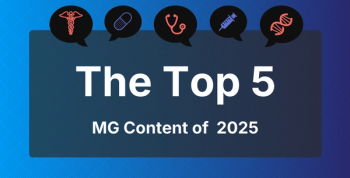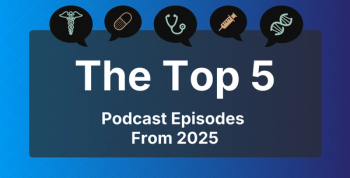
Actuarial Considerations in Consumer-Directed Healthcare
“We already know compliance in medications is low, and we need to make it as easy as possible for patients to do so,” acknowledges Ateev Mehrotra, MD, MPH, associate professor of healthcare policy and medicine at Harvard Medical School and a hospitalist at Beth Israel Deaconess Medical Center. Unfortunately, there has been a decrease in the use of preventive care among patients in consumer-directed health plans. One issue, he believes, is the fact that insurance design can be confusing.
The actuarial calculations of melding consumer-directed health plans with value-based benefit design are complex but not insurmountable, states Francois de Brantes, executive director of the Healthcare Incentives Improvement Institute. The health plan can mitigate its risk by setting medical spending accounts at the particular level it needs to in order to end up with the same actuarial risk. The point is that first-dollar coverage is associated with greater adherence to therapies, and this is key, especially for patients with chronic conditions.
He also emphasized that if patients have options in the healthcare delivery system, the per member per month cost can be impacted by several basis points in a positive way (decreased total trend) for the plan.
It will be interesting to see, says Arthur Vercillo, MD, FACS, regional president, Excellus Blue Cross Blue Shield, whether in 2 to 3 years there will be health system savings based on the Affordable Care Act (ACA) mandates of coverage to age 26 years and no benefit limits. “We are moving in the right direction regarding the ACA and delivery system,” comments Dr Vercillo, “but there are still things that need to be changed.”
Pharmacy benefit design is certaintly not exempt from these considerations. “But what do you do with somebody who has a medication that costs $85,000 or even $100,000 a year?” Dr Vercillo asks. The answer used to be raise generic substitution rates, but for some agents, therapeutic or generic substitution is not feasible, and as Dr Vercillo explains, even the costs of generic drugs are rising. “It is also important for the physicians, mid-level practitioners, and patients to discuss generic medications and their cost and effectiveness, which is important under a tiered system.”
Newsletter
Stay ahead of policy, cost, and value—subscribe to AJMC for expert insights at the intersection of clinical care and health economics.







































